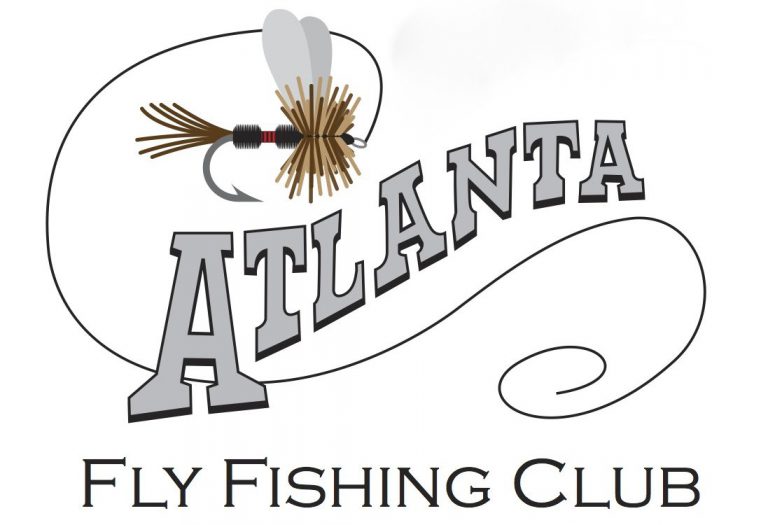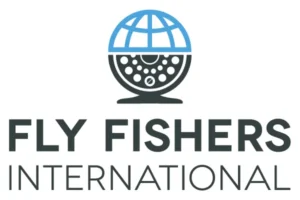Top 10 Trout flies for the Chattahoochee River
There are probably more flies that you could use on the Chattahoochee than there are ice cream flavors at Baskin-Robbins.
Different parts of the river have subtly different ecosystems and insect availability will vary over the year. That being said, a recent survey of the AFFC membership resulted in the following flies, presented in no particular order.
Pheasant tail - sizes 12-18
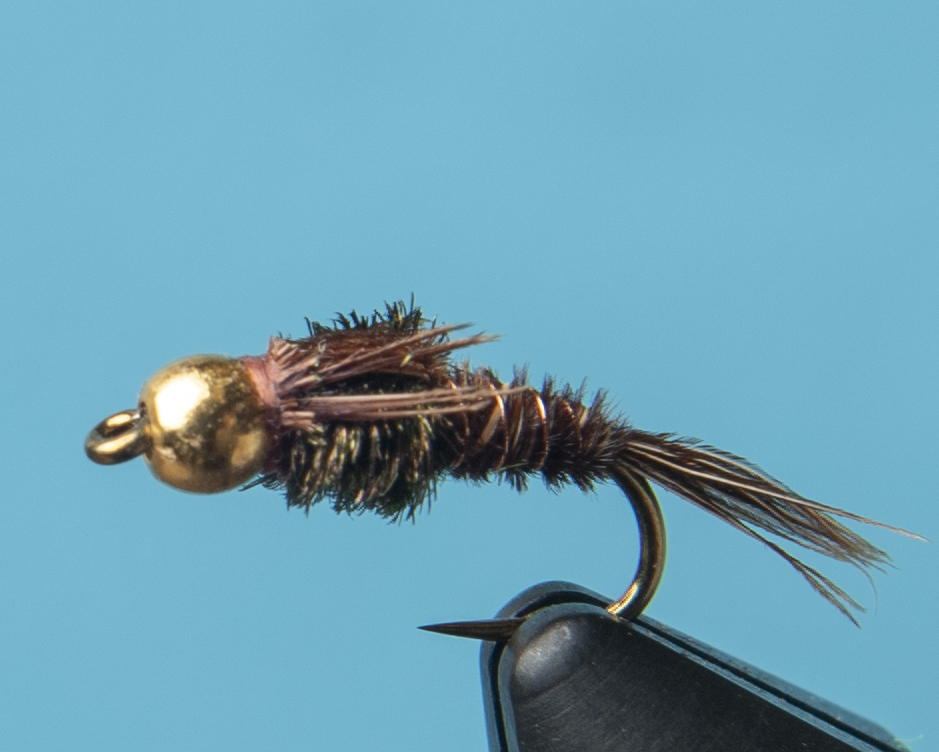
Prince Nymph - sizes 10-18
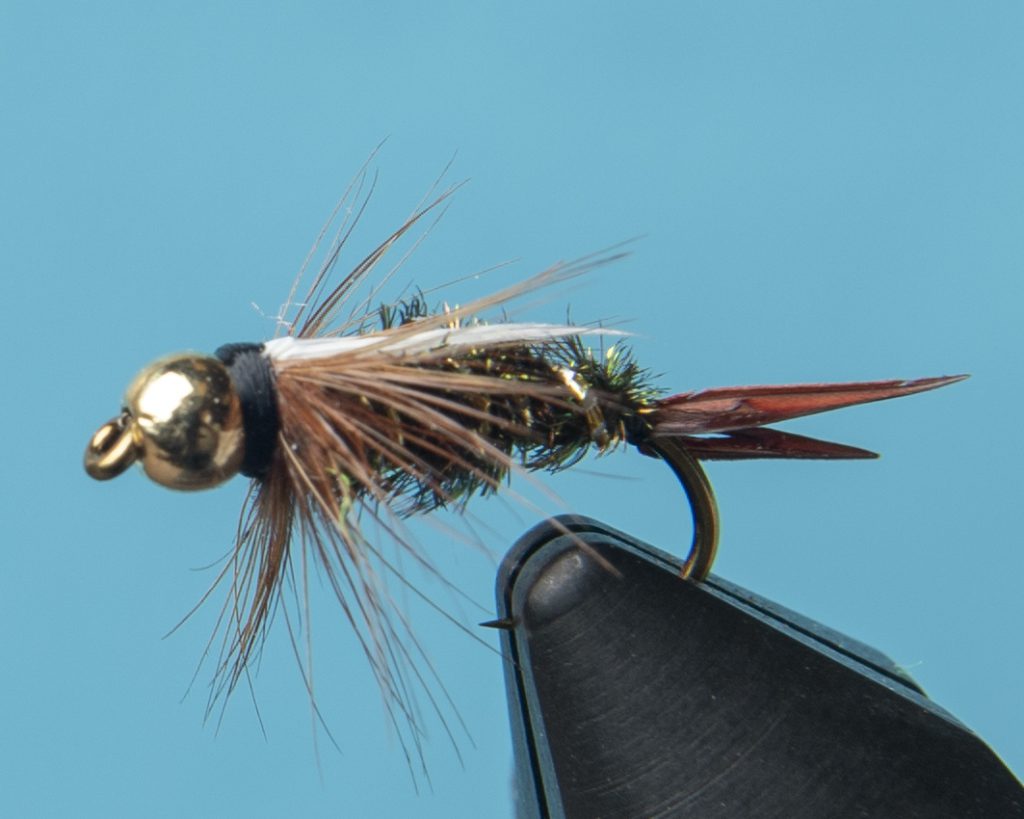
Rainbow Warrior - sizes 16-20

Soft Hackle Emergers - sizes 14-20
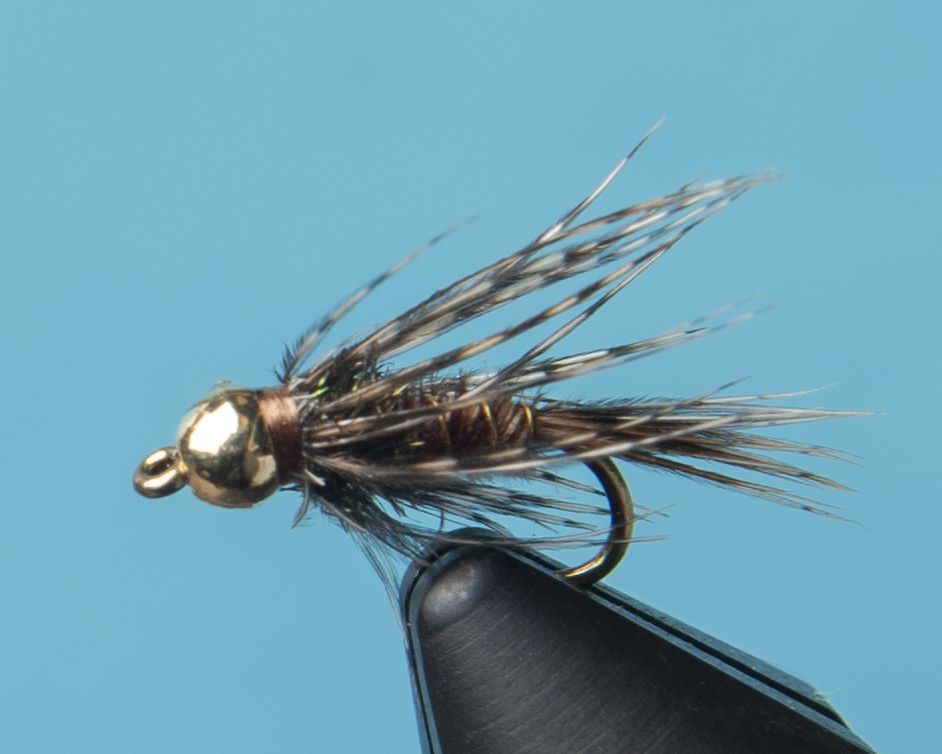
Squirmy wormy sizes 12-16
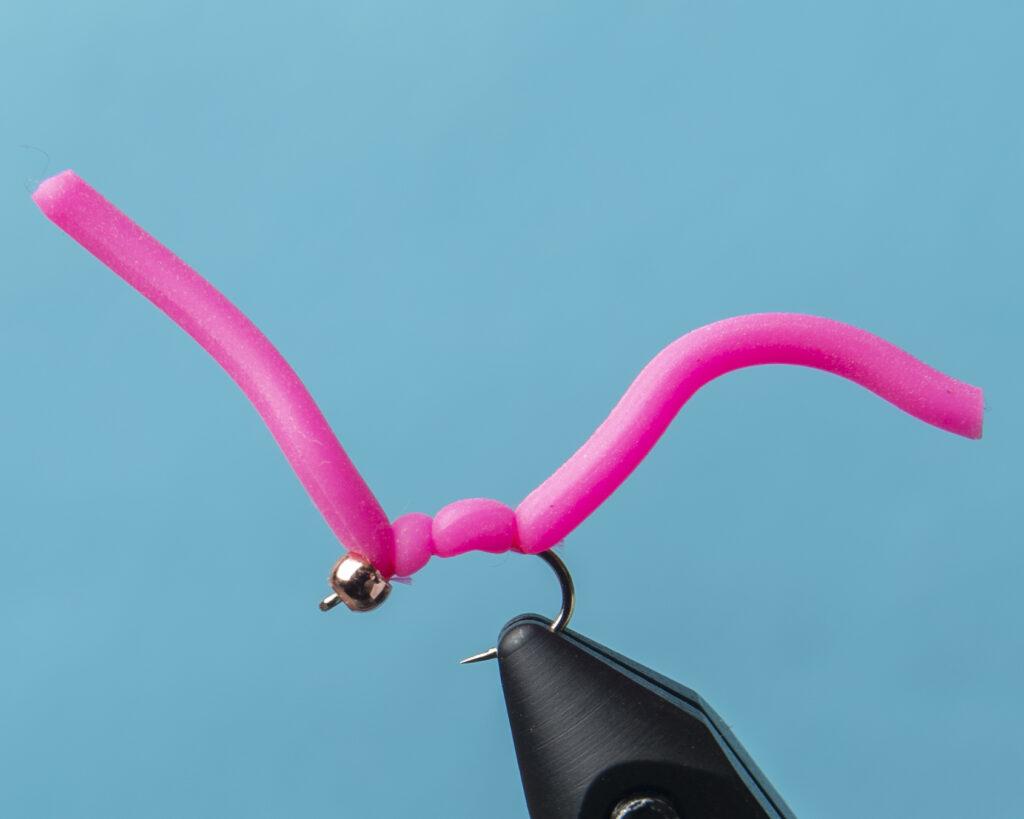
Zebra Midge sizes 14-22

Wooly Bugger - sizes 6-12
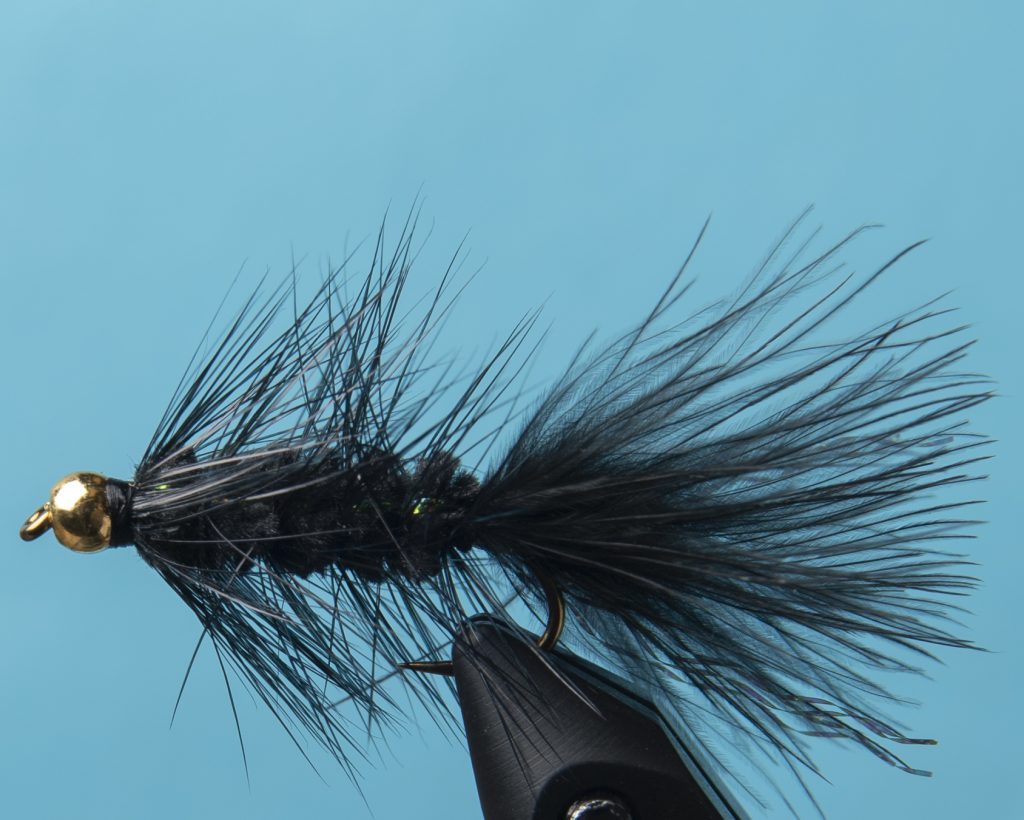
Pat’s Rubber Legs - sizes 6-12
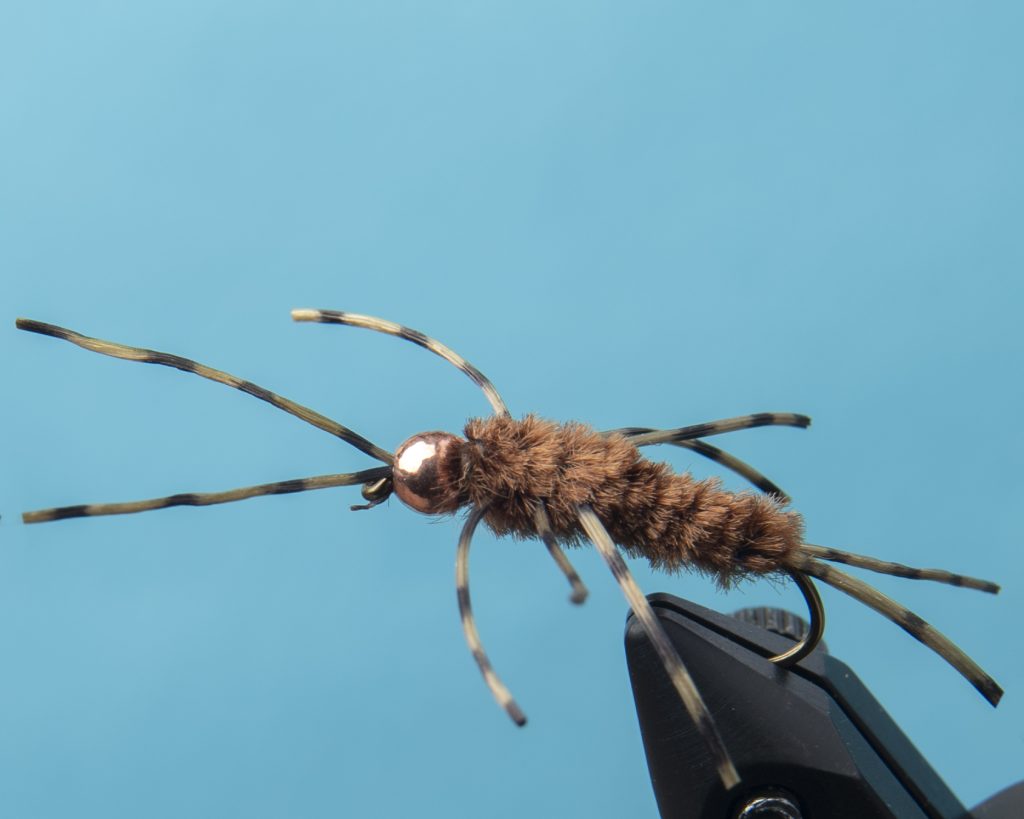
Elk Hair Caddis - sizes 14-22

Copper John - sizes 12-22

Y2K Egg - Bonus Fly

Thanks to Woodie Williams for authoring the survey, The Fish Hawk for providing flies for photography purposes and Ken Louko for editing. Photo Credit: Woodie Williams c2021.
